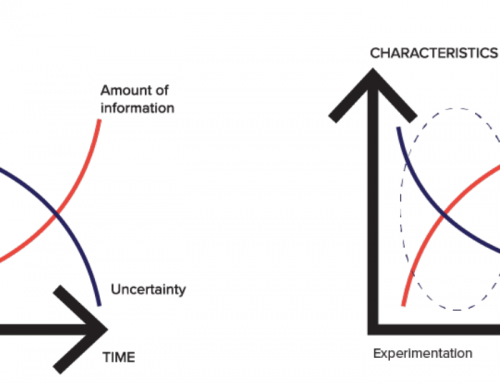In theory, a business’s top concern is their customer’s happiness. After all, a happy customer means a loyal customer, and a customer who is unsatisfied is generally bad for business. Therefore, businesses today should do well to track their customer’s satisfaction, and then attempt to make their customers even happier. This is easier said than done, as happiness (and the measurement of it) is more complex than it seems.
Happiness can be understood in several ways, both quantitatively and qualitatively, yet several businesses either view it under a limited scope or do not consider it at all. Several businesses, with the intent of “interacting” with the customer, may send out surveys for customers to fill out about their satisfaction. While these methods of tracking satisfaction may tell a business if customers are happy or not, it does not explain the real reason behind a customer’s emotions. Humans, when confronted with the idea of the self or their emotional state, become unintentionally biased about their own emotions. On a day-to-day basis, humans don’t often ask themselves “Am I happy?”. Instead, emotions exist subconsciously and passively, and oftentimes when one is happy or unhappy they will not expressly realize why.
As such, surveys force happiness into something purely quantitative, and as such the qualitative aspects of it are missing. Additionally, satisfaction in the context of a survey is viewed exclusively as an emotion, while in the social sciences – specifically sociology – it is viewed from the perspective of human behavior and patterns. For example, someone listening to cheery and upbeat music as they take a walk through the neighborhood would be considered happy under a sociological lens. Another example is during social interaction: When you see someone laughing at your joke or smiling at you, it would be fair to assume that the person is happy in your presence. Yet, the human mind does not outright categorize this in the moment as “this person is happy”. When happiness is seen through human behavior, the qualitative aspects of it come to fruition. Happiness as an emotion and happiness as human behavior are two extremely different perceptions of the same idea.
Yet despite how broad happiness as a subject is, research around it is not entirely holistic, as most definitive journals on the topic completely ignore or hardly touch on sociological research around why that happiness exists. Happiness, what it means, and what causes it remains nebulous at best in mainstream academia. What happens in academia also occurs in the business world. Customer satisfaction can often be dependent on several outside factors that businesses are fully unaware of, such as politics and mental health. For example, a customer may be dissatisfied with a product not because there is anything wrong with the product itself, but because the business supported a politician or movement that the customer disagrees with politically. This would make the customer unhappy, but a survey about a product would not be able to account for this. There are countless outside factors that could impact a customer’s happiness with a product or service.
With happiness being difficult to accurately measure, a question arises: How can it at least be reliably measured? The answer lies through combining social sciences and machine learning, where both quantitative and qualitative aspects of happiness are considered. At ecosystem.Ai, we believe that customer happiness can be found in user data. This data can be mapped onto and associated with a personality, which can give insight into how different types of customers experience and express various types of emotion. By using real-time feedback and engagement to actively track patterns of behavior in order to deduce satisfaction and dissatisfaction at the very minute they are experienced, businesses can actively measure different types of emotions in their customer base. Machine learning in conjunction with human data analysis and categorization is the key to understanding customer happiness.
Happiness is key for a business’s success, as it is impossible in the current age for a business to thrive with unsatisfied customers. Despite the importance of happiness, it is inherently misunderstood among businesses as a simple quantitative emotion instead of a complex human behavior. However, if a business were to apply a sociological approach to happiness in conjunction with machine learning, they would be able to accurately track customer satisfaction in real time. Happiness is becoming increasingly important in our time. As people have been spending more time at home due to the pandemic, priorities around happiness and the self have shifted globally. By being able to accurately measure and analyze customer emotions, businesses can truly put their customer’s happiness first.
- Jessica Nicole & Daniel Nordfors




